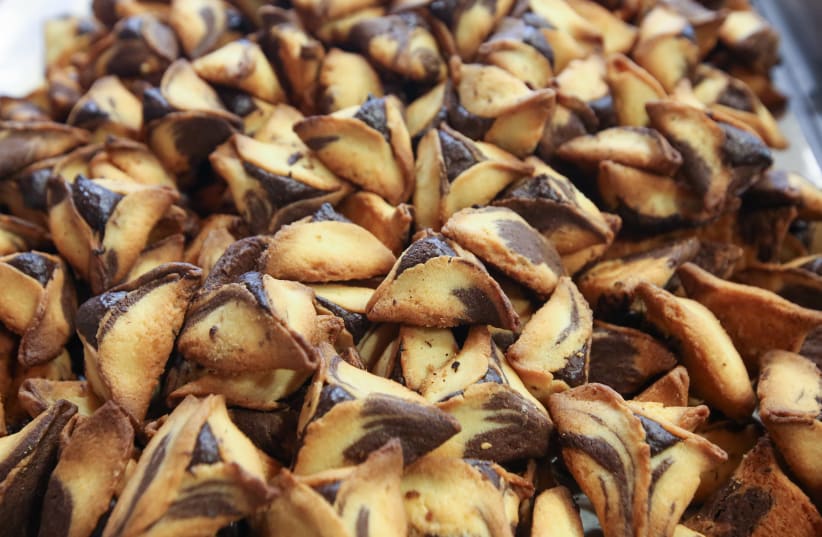"The Purim holiday is the most unhealthy holiday out of all the holidays," warned the nutritionist. "It's true that the sufganiyot of Hanukkah are fried in low quality oil in which harmful materials are formed during the heating – but in my opinion, Purim takes first place."
"It's not enough that the hamantaschen that are bought usually contain margarine, sugar, white flour and a ton of calories, but the mishloach manot (delivered portions) add another too large variety of unhealthy sweets and snacks, with huge amounts of sugars, salt, unhealthy fats, and again the issue of calories," she said."When there are several packages of mishloach manot on the kitchen counter, there are those who will have a hard time resisting the temptation and put all the unhealthy sweets and snacks into their bodies, in an amount that will cause weight gain and a risk of diabetes, blood pressure and heart disease," Rosman said.
"I ask myself: Since when were mishloach manot defined as a pile of all the most unhealthy things there are? Why not make it a tray of freshly cut fruit with some nuts?"And let's focus for a moment also on the traditional three-sided hamantaschen cookie: It can be upgraded in place of the purchased hamantaschen, which are high in white flour, white sugar, margarine, and a filling that has nothing healthy in it," she suggested."The dough we make at home can be thinner, so it will be possible to focus on a healthy filling that will give all the nutritional value. You can make the dough from whole meal flour, and cold-pressed butter or coconut oil, and not even put any sugar in it. An even better health value will be in almond flour dough, which is also probably tastier.
"The preferred fillings are from sugar-free halva, or tahini, cocoa and sesame that are mixed. It is advisable to use a filling of walnuts or other nuts that you like, and it is also possible to combine chopped dried fruit," she added. "In addition, it is also possible to use a cheese filling with raisins and cinnamon. In that case, it is a cookie with a health value that is not bad."
